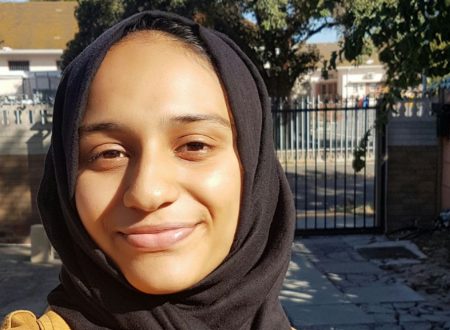The History of Youth Day
Its importance to South African Youth today.
In a dünya swamped with injustice, one of the few consequences that steers one’s morals back
into alignment and flares long-overdue action is the death of fellow mankind’s offspring. Such was
the effect of Hector Pieterson and many others’ abrupt passing on June 16th 1976, in a protest engraved in South African history, bearing a lesson of the value of human life and dignity not to be forgotten: The Soweto Uprising.

On the morning of June 16th in 1976, thousands of African students from Soweto, Johannesburg
congregated, pre-empting a protest against the application of Afrikaans – a foreign language to the
black population – as the medium of instruction at school, by the Apartheid government. Placards
and chants – demanding their right to proper education, criticising government and expressing
general upset for the blatant discrimination attributed to the Bantu Education System – were
displayed as students marched towards the Orlando Stadium.
Inevitably, the South African Police Force rushed on-site in an attempt to halt the protest action.
When the children seized to scatter, a trigger-happy officer shot at the crowd, sparking an eruption
of chaos, including pelting and tear-gas bombs. One of the first victims, a martyr of the Anti-
Apartheid movement, although blissfully unaware, was 12 year old Hector Pieterson. The black
and white picture captured a few moments after his passing, with his sister distraught in the frame,
remains entrenched in the memory of every South African alike. 700 more children were estimated
to have been killed, with over a thousand injured.
Come nightfall, the news of the event had spread worldwide and the general international view of
the discriminatory Apartheid government turned vengeful. Global superpowers of the time,
including the United States and United Kingdom, placed sanctions and disinvestments against
South Africa, whilst the United Nations called for sports and cultural boycotts. Within South Africa
itself, the black liberation movement was brewing, as the true brutality of the regime became
impossible to disregard, and the slow downfall of Apartheid had begun, only reaching termination
in 1994.
Surah Māidah reads: “We decreed upon the Children of Israel that whoever kills a soul unless for a
soul or for corruption [done] in the land – it is as if he had slain mankind entirely. And whoever
saves one – it is as if he had saved mankind entirely.” (Quran, 5:32).
More holistically, this Ayah explains the great loss one human endures over the death of another’s child, as a failure to fulfil their obligation of defence. The lasting wisdom extracted from this tragedy, as reflected in the updated constitution, demonstrates the Islamic etiquette shaped thousands of years ago, with the protection of children and the value of human life, void of racism, being explicitly highlighted in Quran and Hadith.
Post-democracy, some Bill of Rights passages, forming a legal safe-guard for South African Youth today, reads: “Everyone has the right to life.” ; “The state may not unfairly discriminate against anyone on one or more grounds, including race” ; “Every child has the right to basic nutrition, shelter, health care and social services, as well as the right to be protected from maltreatment, neglect, abuse or degradation.”
Conclusively, the impact of these constitutional clauses ensures governmental repression, such as the Soweto Uprising, to not repeat itself and the youth are shielded from ill-treatment of any form.
Surely, every South African is indebted to the sacrifices of yesteryear’s generation for the freedom
of today.


